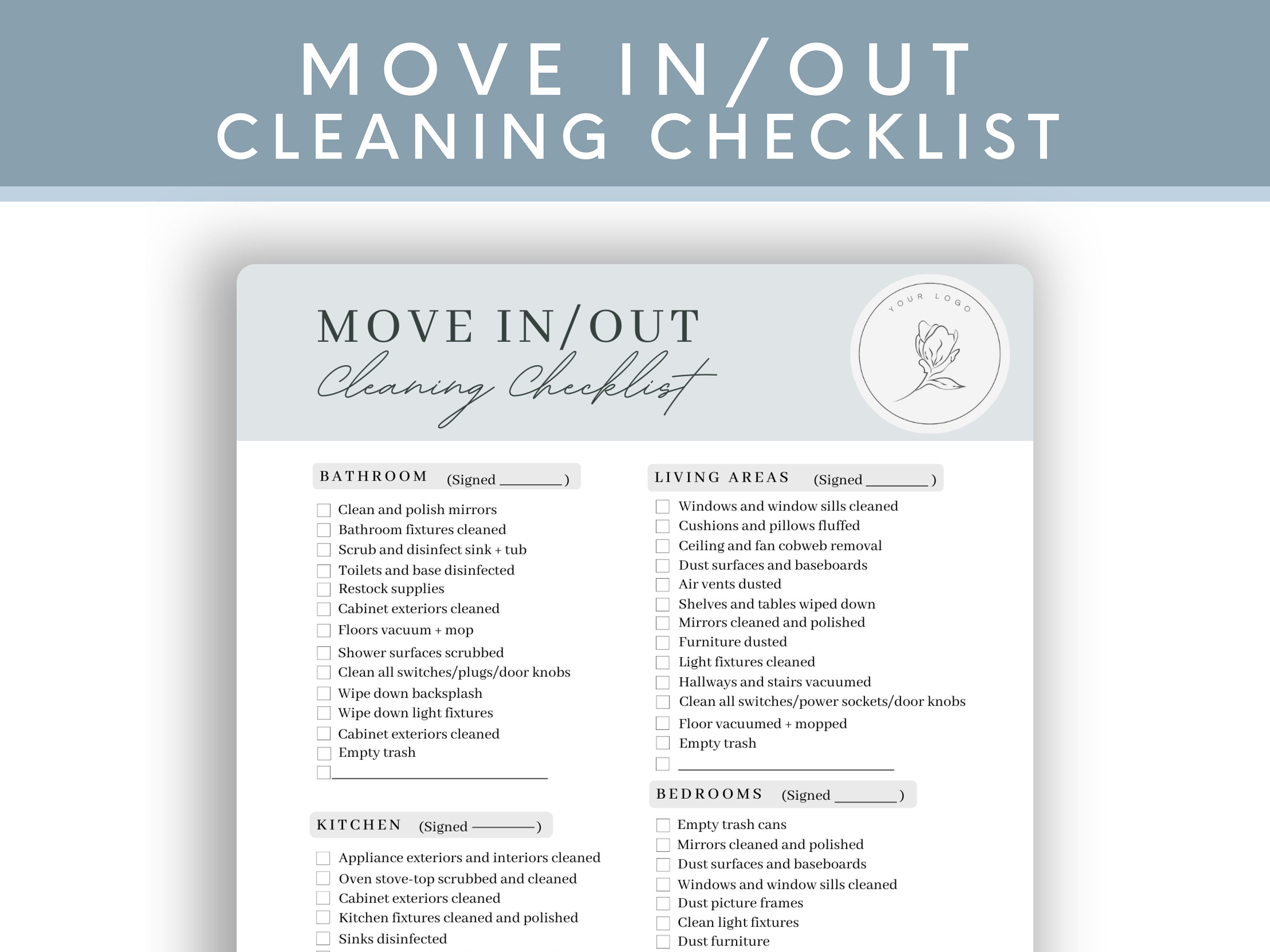Home Cleanouts Made Simple: Tips and Strategies for Achievement

When faced with the task of estate cleaning out, many individuals feel stressed by the emotional and material demands of going through a family member's belongings. This process can be a daunting experience, filled with hard decisions and sentimental moments. Whether you are handling the estate of a relative who has passed away or assisting someone transitioning to a new phase of life, knowing how to effectively navigate an estate cleanout can make all the impact.
Grasping the best methods and tactics for estate cleaning out can simplify the task significantly. By organizing your work and approaching the task with a clear plan, you can lessen stress and ensure that the cleanout is handled professionally and effectively. In this article, we will share valuable tips and tricks to help you manage estate cleaning out with assurance, making it a more feasible and productive experience.
Organizing Your Property Cleanout
Organizing an estate clearout can first seem daunting, but breaking it down into manageable steps can facilitate the task. Begin by evaluating the property and creating a detailed inventory of the items that need to be organized. Focus on areas that require urgent attention, like rooms, lofts, and garages. This first evaluation will assist you grasp the scope of the task and decide if outside help is needed.

Afterward, establish a schedule for the cleanout. Take into account the availability of relatives and any resources you may need, such as moving vehicles or professional services. Setting clear deadlines for each phase of the clearout can keep the task on track and minimize the overall anxiety. In addition, be aware of sentimental attachments to certain items; allow yourself space to reminisce but maintain focus on the objective.
Finally, outline a plan for the disposition of items. Determine which belongings to keep, donate, sell, or discard. Look into local charities that accept donations and consider using digital marketplaces for offloading worthwhile goods. Establishing a well-defined strategy for each group will aid hasten the cleanout and ensure that no item is overlooked. With this structured approach, your estate clearout can be both efficient and respectful of the sentiments held within the premises.
Organizing and Categorizing Items
As you tackling an estate cleanout, the first step is to sort through the items in the area. Begin by evaluating each room separately, creating a method that allows for easy organization. Start with larger items, such as furniture and appliances, and then move on to tiny items like books, clothing, and collectibles. This approach avoids overwhelming feelings and makes it easier to track the progress you are making.
After evaluating the items, group them into specific groups. Common categories might include keep, donate, sell, recycle, and dispose of. Having clearly defined categories helps streamline the cleaning process and guarantees that every item is accounted for. Labeling boxes or areas for each category will also simplify the final decision-making process, enabling you to concentrate what to do with each group free from confusion.
Once everything is sorted and categorized, inspect each box or pile to ensure that you’re making the right decisions. This is a good time to involve family members or trusted friends who may have a genuine interest in certain items. Open discussions about sentimental value can help in making just choices, guaranteeing that precious memories are preserved while efficiently clearing out the estate.
Disposing of Unwanted Belongings
When cleaning out an inheritance, it's essential to approach the removal of unwanted belongings with a clear plan. Start by sorting items into groups: keep, give away, reclaim, and throw away. This method not only simplifies the process but also ensures that important belongings are not missed while reducing waste. Involving family members in this process can also provide clarity on sentimental items that may require a collective choice.
After you have gone through the items, think about which items can be given to local charities or organizations. Many nonprofits are often in demand of lightly used furniture, clothing, and domestic goods. Giving away can not only support those in your community but also reduce unnecessary waste. Always check for any limitations on what can be received, as some items may not be suitable for giving.
For items that are broken or irreparable, proper elimination is key. Investigate your neighborhood waste management guidelines to learn how to handle hazardous materials, electronics, or large furniture. Some areas offer large item collection days or recycling programs specifically designed for these types of items. By following local laws, you can help ensure that the estate cleanout is not only efficient and ecologically responsible.
